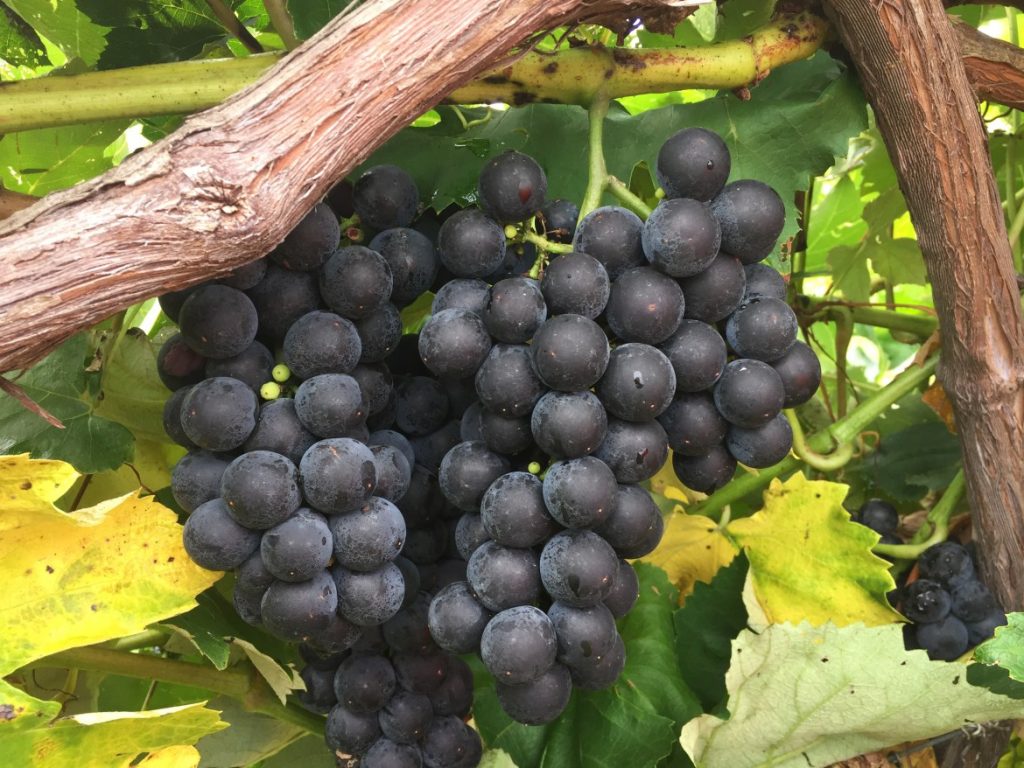Chilean table grape industry concerned about U.S. market

With the U.S. table grape market under pressure amid record stocks of local fruit, Chile is facing a challenging start to its campaign in its main destination.
Chile's first shipment set sail in early December, and the industry estimating a year-on-year drop of around 2% in part due to the varietal reconversion taking place and November hail damage.
But they enter into a market where there are still huge stocks of local grapes available. As of Nov. 30 there were 11.7 million boxes in stock in the U.S., compared to 7.8 million at the same time last year.
At Fresh Fruit Portal we spoke with some key players in the Chilean industry to hear about their expectations for the season that recently kicked off in the northern growing regions.
Rodrigo Neira of Exportadora Campillay said the company is adapting by sending a greater proportion of fruit to other markets.
"We have had to move the seedless varieties that we have towards the Asian markets like China, Japan, Korea, taking into account this large volume there is in the [U.S.] market," he said.
He anticipated prices would drop further during the start of the Chilean season as the large volumes came on.
Agronometrics CEO Colin Fain recently predicted that the situation would improve as the California fruit clears from the market by February, while Neira expected that green varieties like Sugraone and Thompson would fetch better prices from early January.
"That is what we expect, and what we have planned based on what our receivers have said,” said Neira.
He added that it seemed black grapes had not been as severely affected as green or red varieties by the large U.S. supply, especially those being sold on the West Coast.
"I think we can have a better window on the black grapes to fetch better prices and provide some relief to the market too," he said.
Andro Vidal of Subsole - which produces more than 55% patented varieties in Chile - said that some people had indicated the condition of many of the green grapes in storage in the U.S. might not be sufficient for them to last for very long.
But he said that the situation seemed to be different for red varieties.
"Everyone is saying that the red varieties are going to last until the end of January, that is the situation today," he said.
He added that while prices during the first part of the season would likely be a bit lower than last year, he expected the imported fresh fruit would fare better than the local fruit that has been sitting in storage chambers.
Sebastián Rodríguez of Verfrut - which is in the middle of its Peruvian season and is yet to start in Chile as it doesn't have production in northern-most regions - expected a challenging season in general in terms of prices in the North American market.
"From what we are seeing the U.S. is going to be a very complicated market, especially for traditional varieties," he said. "The new ones are probably going to have a US$2 premium, or it could be up to USD3-4 extra."
However, one traditional variety he expected would still fair well this season was Red Globe, which is favored in China and sells very well in the run-up to Chinese New Year, this year taking place on Feb. 16.
He added that the early season was generally focused on the U.S., with greater volumes going to Europe later in the campaign.
Looking to the future
Looking toward the future of the Chilean grape industry, which still leads the world in terms of export volume, Vidal said the sector would need to focus on working with new yielding varieties and keeping production costs down in order to stay competitive.
He said that in today's global grape industry, every small saving that could be made along the supply chain was crucial.
The representative also emphasized the need to focus on producing high-quality fruit, achieving yields of at least 2,500-3,000 boxes per hectare and producing fruit under reasonable costs that can be sold in any market around the world.
Neira also said that as global competition increases, it would be imperative for Chile to produce high-quality fruit.
Companies must also ensure consistent quality for their label, manage farms correctly and ensure profitability, he said.
You will be able to find more information on topics such as this at the inaugural Global Grape Summit, which will take place alongside the London Produce Show and Conference on June 5th, 2019. Please visit www.globalgrapesummit.com.
















































